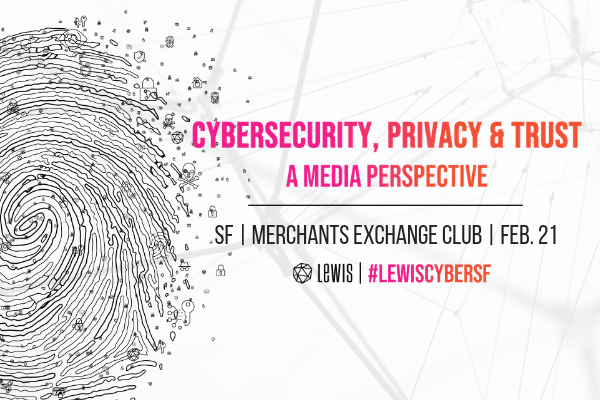In total, over five billion consumer records were exposed during 2018. And while the number of cyberattacks was less than the previous year, the number of consumers records exposed grew exponentially. Some consumers chose to accept their fate, others educated themselves. Public awareness around data privacy and security is increasing and becoming a part of daily life. But while consumers are trying to do their part, industry leaders are grappling with how to comply with new laws and regulations, as well as restore customer trust.
Data provides companies with an inside look into consumer behavior. So, it’s no wonder why it is incessantly collected, used and stored by brands. In a perfect world, this extensive personal data companies store would only be used to build a better, individualized consumer experience. But more often than not this data, gathered online and in the real world by large companies, most consumers have never heard of, is sold to smaller brands in an effort to better serve ads to potential customers. With all this stored data, a cyberattack is bound to happen. And with more companies than ever requiring customers to give up personal information in order to shop at their stores, consumers are at the mercy of a brand’s cybersecurity protocol.
When the General Data Protection Regulation, or GDPR, deadline was approaching in May 2018, many companies found themselves on the ill-prepared side. Now, almost a year on and with the addition of the California Consumer Privacy Act, companies are being forced to get their acts together or face fines. In the eyes of consumers, these new regulations can be seen as wins for their privacy. But it will no doubt impact how digital advertisers and tech companies use consumer data.
If 2018 taught us anything, it was to guard your personal information like it was money because hackers know no bounds. And 2019 has us hoping that companies and customers will work together to actually begin to navigate this ever-changing digital landscape of data collection and privacy. We still have a long way to go before consumers “trust” that brands are doing everything in their power to protect personal data, but the first step is awareness. With 2019 already off to a data breach filled start, there is sure to be many new cybersecurity lessons and challenges in the year to come. Interested in learning more about cybersecurity in the age of data collection? RSVP to our Cybersecurity, Privacy & Trust: A Media Perspective event on February 21st in San Francisco where you’ll hear from experts in the field.
Interested in learning more about cybersecurity in the age of data collection? RSVP to our Cybersecurity, Privacy & Trust: A Media Perspective event on February 21st in San Francisco where you’ll hear from experts in the field.



